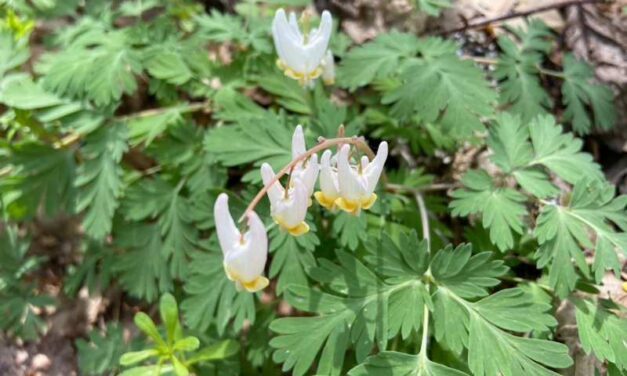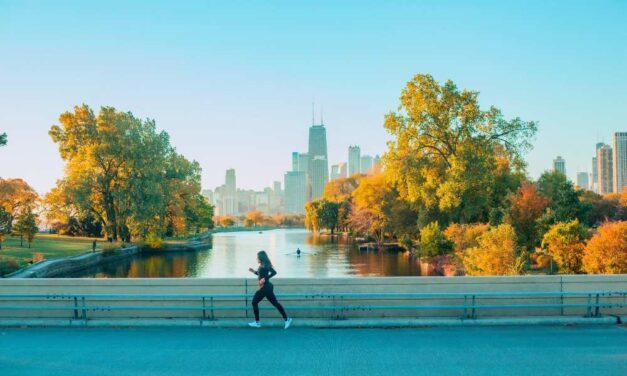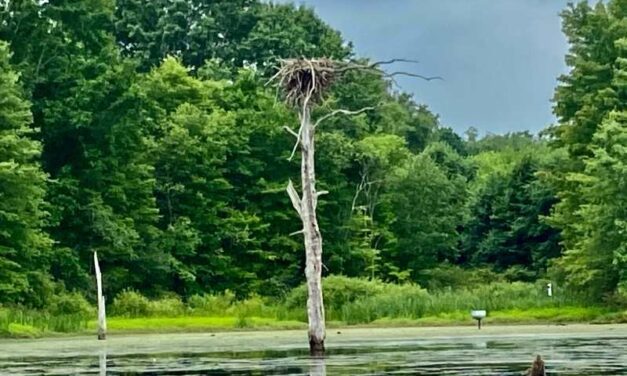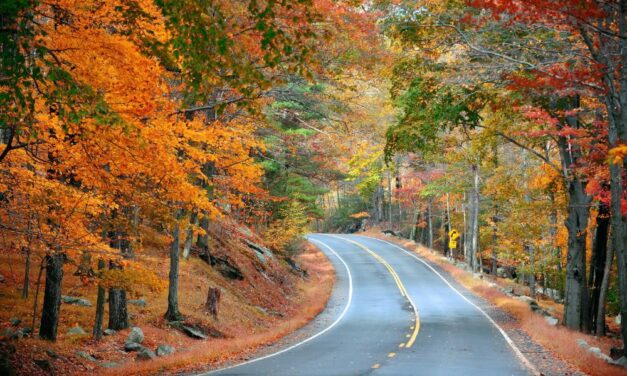Tag: trees
Joyful Signs of Spring in the Forest
In the northeast, mid-Atlantic spring has sprung, and telltale signs of spring are revealing themselves everywhere.
Read MoreThe Remarkable Benefits of Urban Green Spaces
Urban green spaces are beacons of hope and vitality for city dwellers amidst the skyscrapers and bustling streets.
Read MoreForest Snags: Dead or Full of Life?
Forest snags are an essential part of our ecosystem. These wildlife trees make up to 10-20 percent of forest canopies.
Read MoreRoad Trip to Meet America’s Longest Living Trees
Take a virtual roadtrip to meet some of the longest living trees in America. We hope it inspires you to visit our country’s national parks!
Read More
Recent Posts
-

-
 Decadent Chocolate and Strawberry TartJul 1, 2025
Decadent Chocolate and Strawberry TartJul 1, 2025 -
 Creamy Banana “Nice Cream”Jul 1, 2025
Creamy Banana “Nice Cream”Jul 1, 2025 -
 Deliciously Vibrant Veggie Pizza For SharingJul 1, 2025
Deliciously Vibrant Veggie Pizza For SharingJul 1, 2025 -
 Hawaiian-style Fried RiceJul 1, 2025
Hawaiian-style Fried RiceJul 1, 2025









